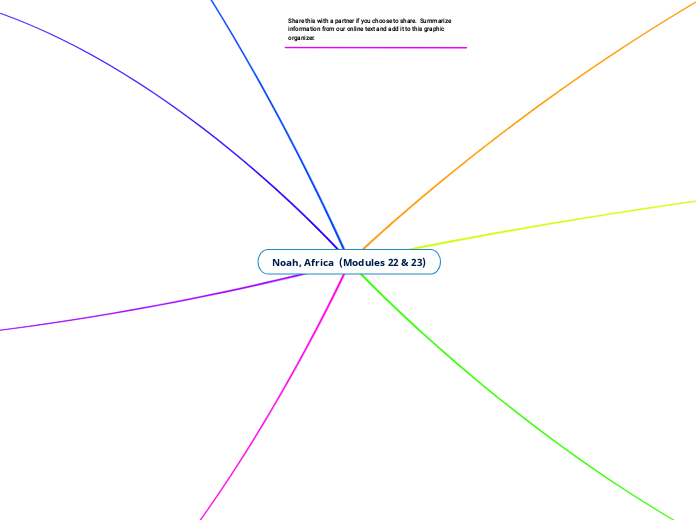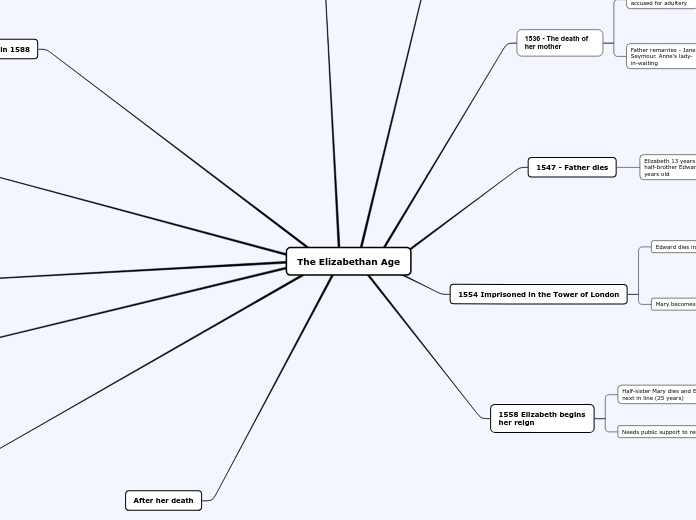によって Noah Aschbrenner 2年前.
121
Noah, Africa (Modules 22 & 23)
North Africa, particularly Egypt, has a rich cultural heritage encompassing arts, literature, and a burgeoning film industry. Traditional crafts like woodcarving and weaving remain integral, while the culinary scene features staples such as grains, vegetables, fruits, nuts, and the popular dish couscous.









